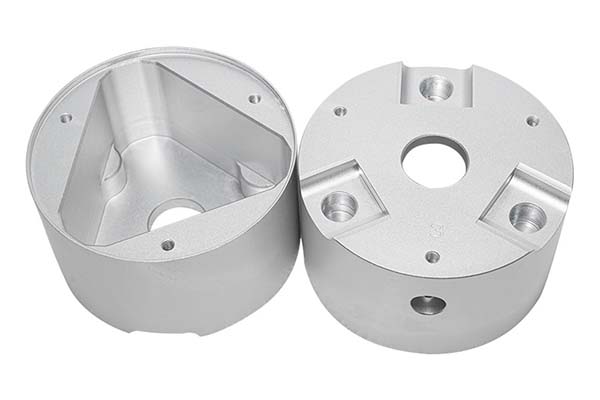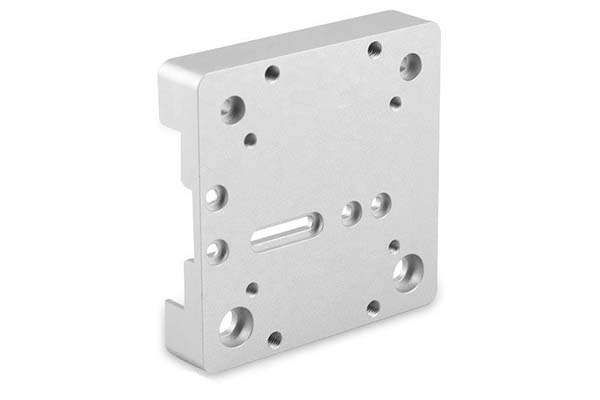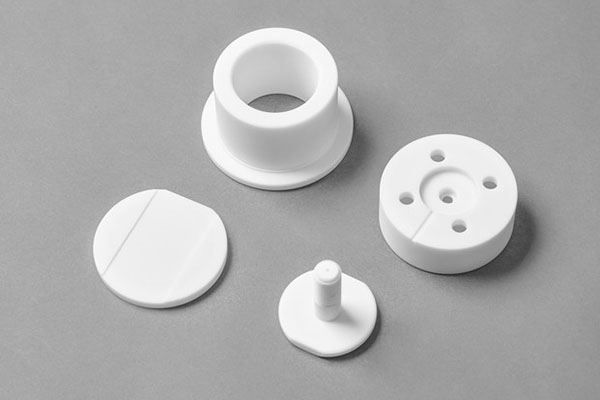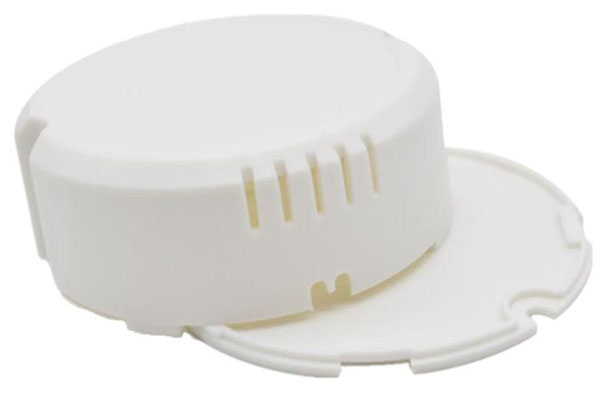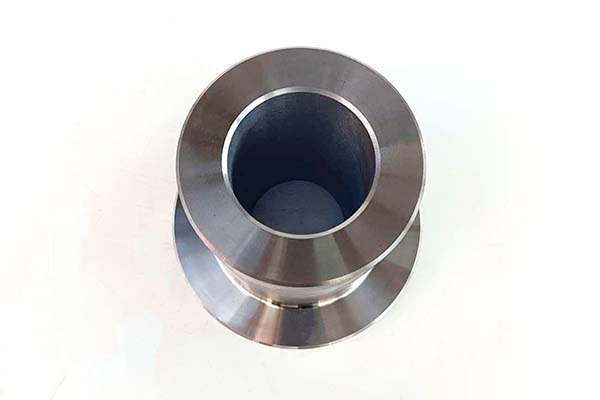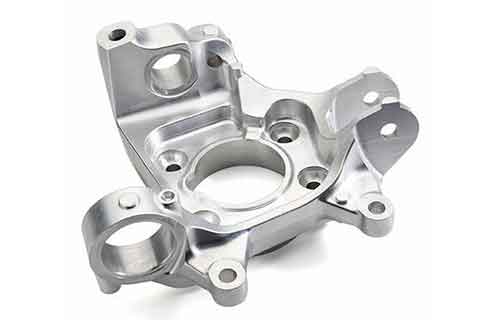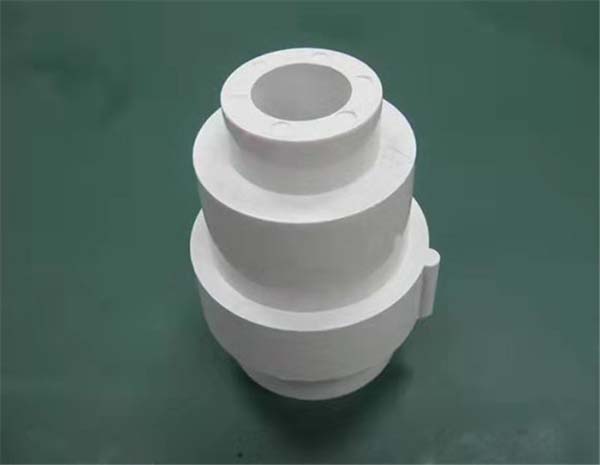Introduction
Zinc Alloy Zamak 3 is a go-to material in manufacturing, but machining it effectively isn’t without challenges. Manufacturers often grapple with maintaining dimensional stability during high-speed operations, managing chip formation, and ensuring consistent surface quality—especially when aiming for tight tolerances. This article addresses these pain points by exploring Zamak 3’s unique material properties, breaking down optimal CNC machining processes, and highlighting its diverse applications, arming you with the knowledge to achieve precision and efficiency in your projects.
Material Properties of Zinc Alloy Zamak 3
Castability and Mechanical Properties
Zinc Alloy Zamak 3 is celebrated for its exceptional castability, allowing for intricate shapes and thin-walled components with minimal defects. This makes it a favorite for complex parts like decorative components and electronic enclosures. When it comes to mechanical properties, Zamak 3 delivers solid performance: its tensile strength ranges from 280 to 320 MPa, yield strength is around 200 to 240 MPa, and elongation sits at 10-15%. These values strike a balance between strength and flexibility, making it suitable for both structural and functional parts.
Hardness, Density, and Ductility
With a hardness of 70-85 HB on the Brinell scale, Zamak 3 offers good wear resistance for everyday use. Its density of approximately 6.6 g/cm³ is higher than magnesium alloys but lower than steel, providing a sturdy feel without excessive weight. The alloy’s ductility allows it to withstand bending and forming processes, a key advantage in manufacturing applications where parts need to be shaped after casting or machining.
Corrosion Resistance and Microstructure
Corrosion resistance in Zamak 3 is moderate but can be enhanced with surface treatments like plating or painting. Its microstructure features a zinc matrix with aluminum and copper phases, which strengthen the alloy through solid solution hardening. The grain size is fine, typically 10-20 μm, contributing to its uniform mechanical properties. The phase composition includes Zn-Al-Cu intermetallics that improve strength but can also affect corrosion behavior, emphasizing the need for protective coatings in humid or harsh environments.
Thermal and Electrical Conductivity
Zamak 3 has a thermal conductivity of about 105 W/(m·K), making it effective for heat dissipation in electronic components. Its electrical conductivity is reasonable, suitable for non-critical electrical parts like connectors. These properties, combined with its ease of machining, make it a practical choice for devices where thermal and electrical performance matter.
Machinability and Dimensional Stability
One of Zamak 3’s standout features is its excellent machinability, allowing for fast and precise CNC machining with minimal tool wear. It also offers good dimensional stability, maintaining its shape and size across temperature variations—critical for parts that need to fit together perfectly in assemblies. This stability reduces post-machining adjustments, saving time and cost in production.
CNC Machining Process for Zinc Alloy Zamak 3
Tool Selection and Cutting Tools
Choosing the right cutting tools is straightforward for CNC machining of Zamak 3, thanks to its excellent machinability. High-speed steel (HSS) tools work well for most operations, offering cost-effectiveness and durability. Carbide tools are ideal for high-speed machining or when tighter tolerances are required, as they maintain sharpness longer. Tools with positive rake angles reduce cutting forces, minimizing tool wear and improving surface finish.
Machining Parameters
Spindle speeds for Zamak 3 typically range from 3000 to 8000 rpm, depending on the tool diameter and operation. A feed rate of 0.1-0.3 mm/rev balances material removal and surface quality, while a depth of cut of 1-5 mm for roughing and 0.1-0.5 mm for finishing optimizes material removal rate. These parameters ensure efficient machining without excessive heat generation, which could distort the workpiece.
Coolant, Lubrication, and Heat Management
While Zamak 3 generates less heat during machining than harder alloys, using a coolant is still beneficial. Water-soluble coolants or light oils help flush away chips and reduce friction, improving surface finish and extending tool life. Lubrication is particularly important for threading or tapping operations to prevent galling. Effective heat dissipation is easily achieved with standard cooling systems, as the alloy’s thermal conductivity helps distribute heat away from the cutting zone.
Tool Path and Machining Strategy
Optimizing the tool path and machining strategy enhances efficiency and precision. A climb milling approach reduces chatter and tool wear, while a layered machining process (roughing → finishing) ensures tight tolerances (often ±0.01 mm). For complex geometries, 3D machining strategies with smooth tool movements prevent sudden forces that could compromise dimensional accuracy. Zamak 3’s machinability allows for fast cycle times, making high-volume production feasible.
Surface Finish and Chip Formation
Zamak 3 can achieve a surface finish of Ra 0.8-1.6 μm with proper parameters, suitable for most applications. Chip formation is typically discontinuous and manageable, reducing the risk of chip entanglement. Tools with chip breakers further improve chip control, ensuring safe and efficient machining. Post-machining, the surface is smooth enough to accept plating or painting without extensive preparation.
Applications of Zinc Alloy Zamak 3
Automotive and Electronics Industries
In the automotive industry, Zamak 3 is used for automotive parts like door handles, window cranks, and fasteners. Its combination of strength, machinability, and cost-effectiveness makes it ideal for these components. In the electronics industry, it shines in electronic enclosures, connectors, and switchgear, where its thermal conductivity and dimensional stability ensure reliable performance. Consumer electronics such as smartphones and laptops also use Zamak 3 for structural frames and hinges.
Industrial and Decorative Components
Zamak 3 is a staple in industrial components like valves, gears, and hardware. Its ease of casting and machining allows for complex shapes, reducing assembly steps. In decorative components such as furniture handles, lighting fixtures, and jewelry, its ability to take plating (e.g., chrome or nickel) gives it a polished, high-end look. Lighting fixtures benefit from its malleability, allowing for intricate designs that combine functionality with aesthetics.
Medical Devices and Aerospace
While less common in critical aerospace parts, Zamak 3 is used for non-structural aircraft components like interior fittings. In medical devices, it finds use in non-implantable parts such as instrument housings and connectors, where its machinability and surface finish meet strict industry standards. Surface treatments like painting or plating ensure it meets hygiene requirements in medical settings.
Yigu Technology's Perspective
At Yigu Technology, we leverage Zamak 3’s excellent machinability to deliver high-quality parts for diverse industries. Our expertise in tool selection, parameter optimization, and surface treatment ensures precise, consistent results. Whether for automotive components, electronic enclosures, or decorative parts, we focus on tight tolerances and superior surface finish, making us a trusted partner for Zamak 3 CNC machining needs.
FAQ
- How does Zamak 3 compare to other zinc alloys in terms of machinability?
- Zamak 3 offers superior machinability compared to many zinc alloys, with faster cutting speeds, minimal tool wear, and easier chip control, making it ideal for high-volume production.
- What surface treatments work best for enhancing Zamak 3’s corrosion resistance?
- Plating (chrome, nickel) and painting are highly effective, forming a protective barrier against moisture and chemicals to extend the alloy’s lifespan.
- Can Zamak 3 be used for high-temperature applications?
- Zamak 3 is not suitable for high-temperature environments (above 100°C) as it may lose strength; it performs best in ambient temperature applications.
